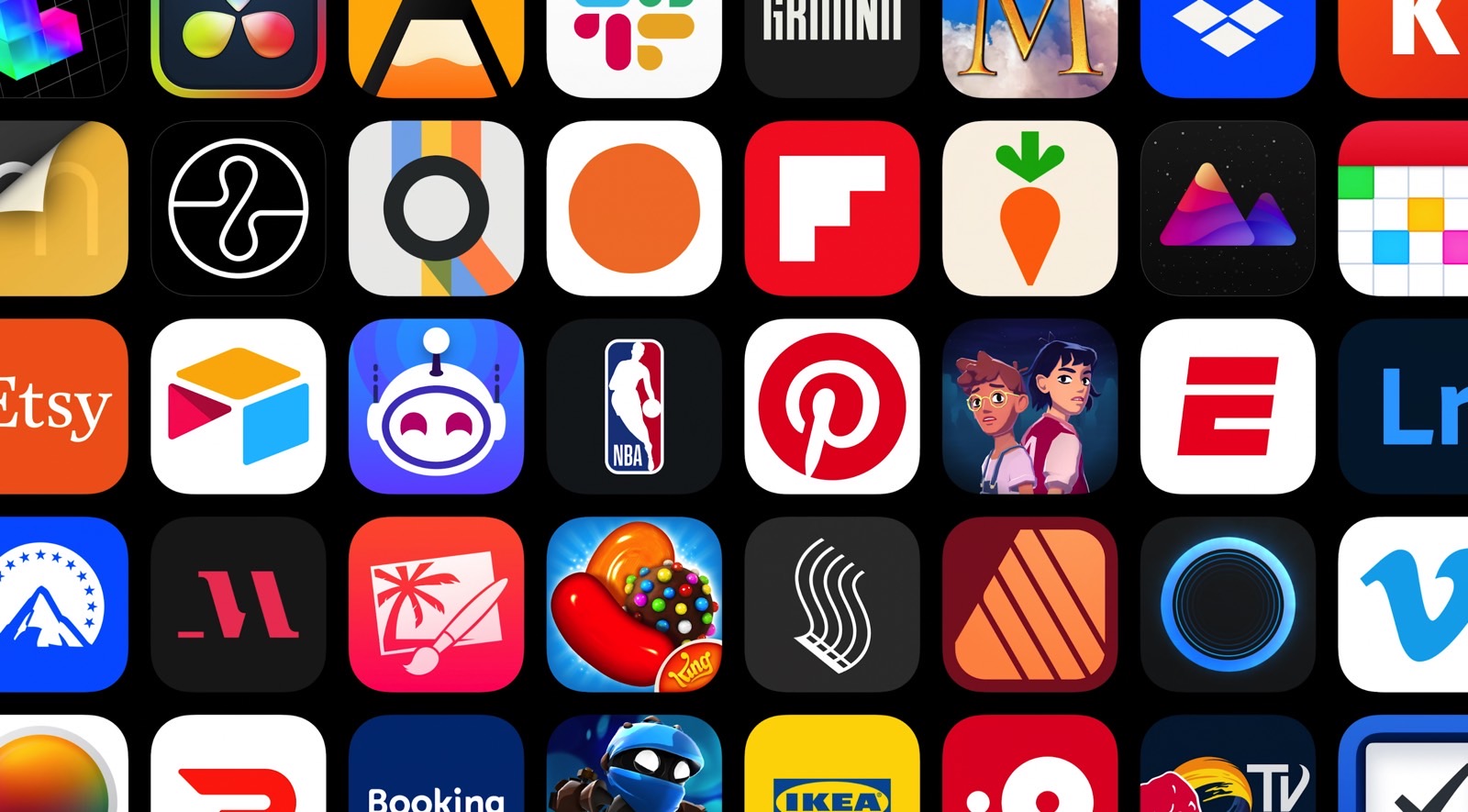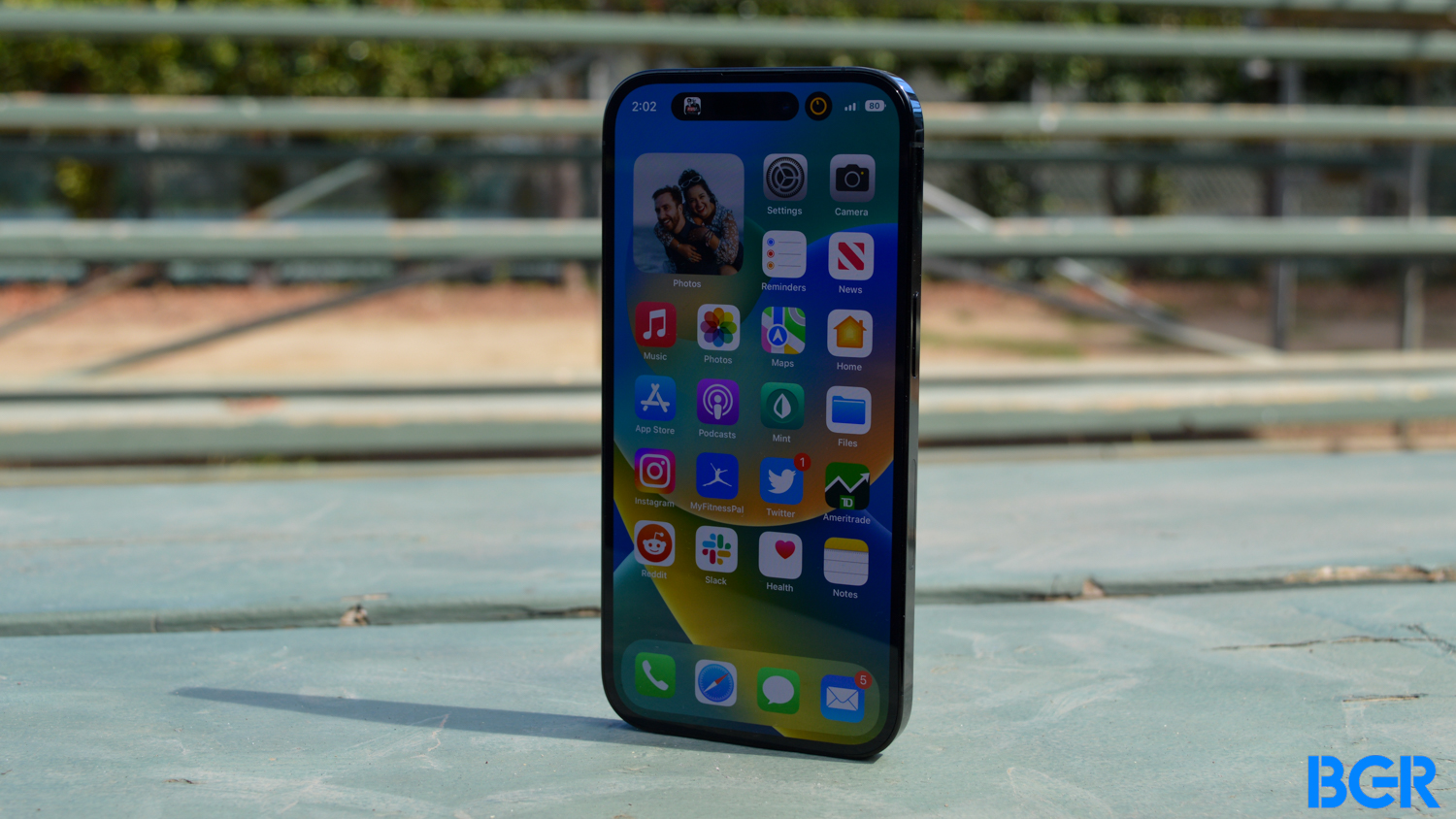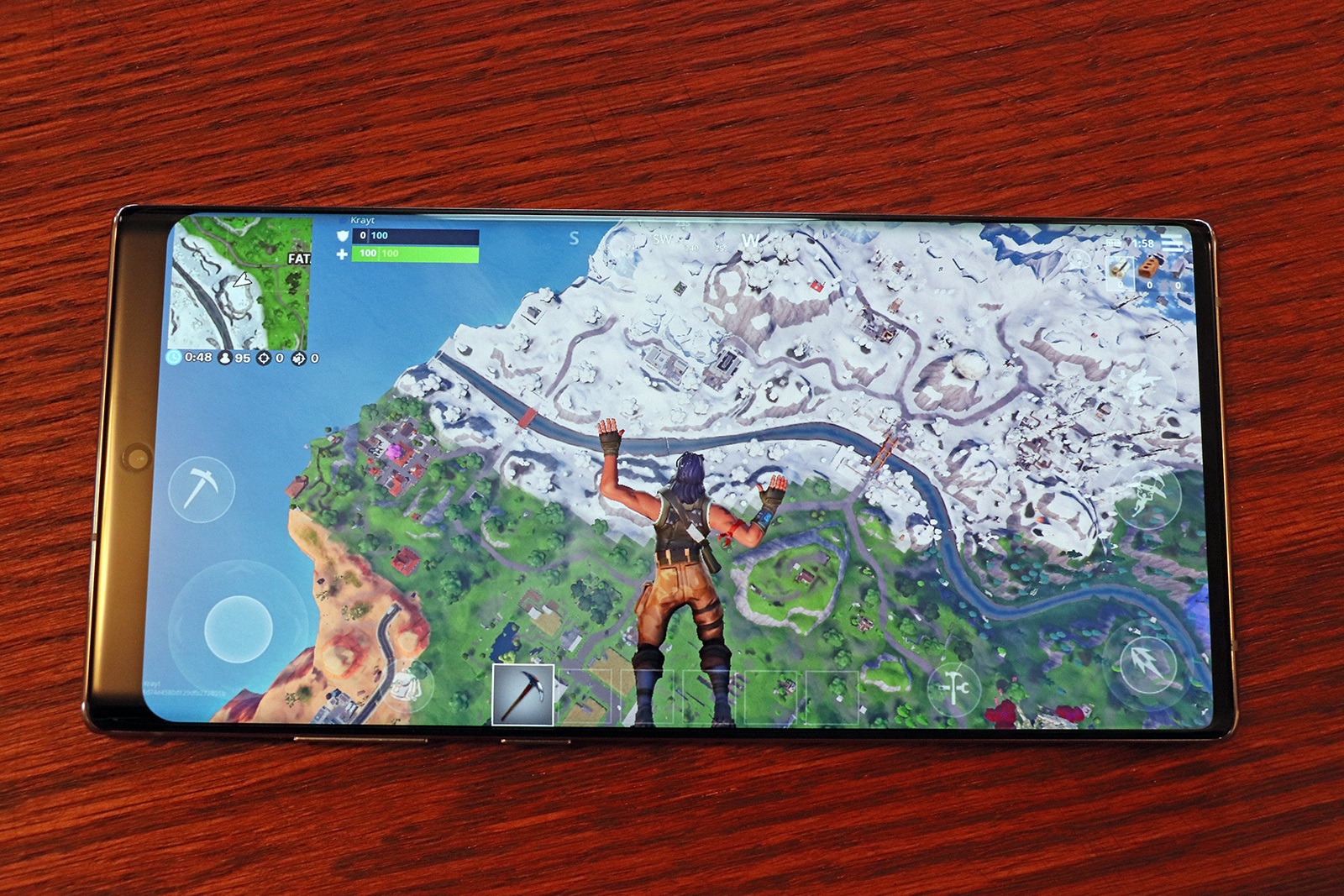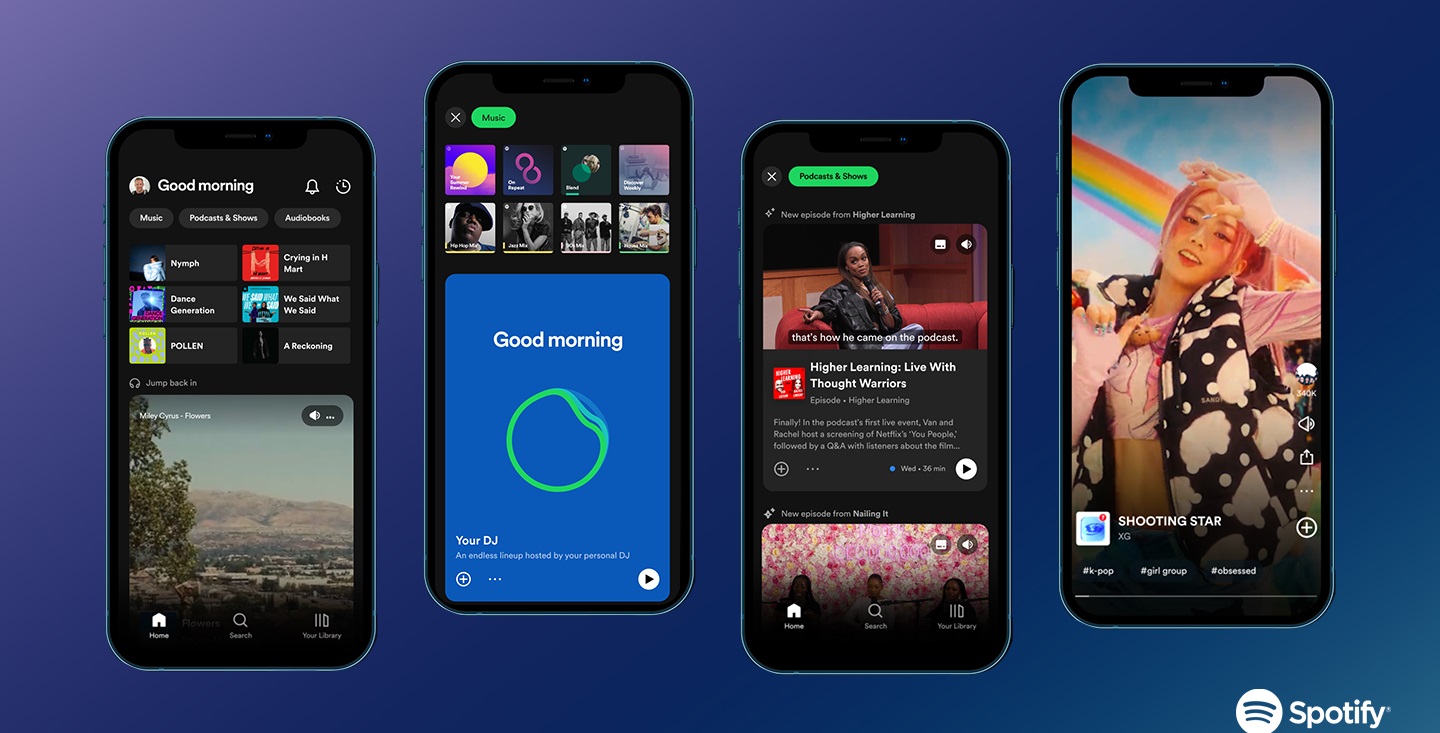Apple’s announcement late last week was the talk of the town. The iPhone is finally getting sideloading, and all that comes with that: Third-party app stores, third-party payments, support for game streaming apps, alternatives to Apple Pay, and internet browsers for iOS that don’t have to use Safari’s Webkit engine.
However, these features are restricted to the European Union. The EU’s Digital Markets Act (DMA) act forced Apple to open the iPhone to more competition, and all the features above will be available in early March, via an iOS 17.4 update.
To get all of that, developers have to choose between their current deal with Apple, where they pay between 15% and 30% for digital purchases, or the new EU deal. That deal comes with cheaper app fees, which is good news. But there’s also a brand new tax that Apple will charge for apps that go viral, which means iPhone apps aren’t going to be cheaper now that sideloading is here.
As for sideloading (the ability to install apps on iPhone from any source), well, you can forget all about it. Sure, the iPhone will support sideloading in Europe come March. But sideloading isn’t going to work the way you think. You can’t just make an iPhone app and then offer it for download to anyone who wants it.

If you’ve been an iPhone user for as long as I have, you’ll probably remember the only real way to sideload apps. The process involved jailbreaking so you can install apps from an alternate place. The Cydia store will ring a bell. These could be apps that never made it to the App Store because Apple refused entry. They also often have access to iPhone features that are otherwise restricted.
Jailbreaking targets hardware and software issues that Apple used to patch frequently. The cat-and-mouse game related to Beeper Mini’s use of iMessage pales in comparison to the similar cat-and-mouse game for jailbreaking iPhones.
Fast-forward to late January 2024, Apple is bringing sideloading to iOS, with several big caveats. Apple placed big roadblocks that make sideloading extremely unlikely to happen in the new deal it offers developers under the DMA law in Europe. In a nutshell, true sideloading is dead on arrival. You won’t be able to just go to any website and get any app you want.
iPhone sideloading won’t be available outside of the EU
I explained this repeatedly: Apple has ways to prevent international iPhone owners from sideloading apps once the iOS 17.4 update hits Europe. According to code findings, these roadblocks will include Apple ID residence checks for iPhone sideloading.
So you won’t be able to VPN your way into Europe and then download any iPhone app you want.
Well, it’s not like “any” iPhone app will be available to download in the EU either.
The tough choice between developer deals
As a developer, you either stay under the old Apple deal. Or you get the DMA contract. You can switch to the new EU contract whenever you like; you don’t have to do it now or in March. But it turns out that if you do, you can’t go back. It’s a one-way street.
If you want iPhone sideloading and all of that, you won’t be able to return to the previous status if it doesn’t work out. Well, you’d have to get a new developer account and then try moving your apps there.
That’s a big wrinkle in the new contract that might dissuade some developers from going their way.
A €1 million letter of credit
Say you want to take on the risks of the new deal, and that new Core Technology Fee (CTF) fee is an acceptable cost of doing business on iPhone. You then have to get a letter of credit from a recognized financial institution that tells Apple you have at least €1 million ready for this endeavor.
That money guarantees support for developers and users in Apple’s view. You’d already have to be quite successful at making Apple apps to afford it.

App marketplaces have to accept all apps
You got this far; you inked the DMA deal with Apple and have your €1 million credit. So you go ahead, and you start offering buyers iPhone sideloading from your website. Well, it’s not as simple as that.
You must create your App Store alternative, which Apple calls app marketplaces. Once that’s done, you won’t be able to sell only your own apps. That might be the goal of your operation. But now you operate a marketplace, so you have to open it to any developer who wants to sell apps through your store rather than the App Store.
That’s additional pain developers must go through unless they want to create actual App Store competitors.
The actual download of app marketplaces
Ok, you’re fine with other devs asking you to let them offer downloads. Now comes the hard part. You have to make customers care about sideloading the apps from your marketplace.
For that, you’ll need to drive customers to your website to download the app marketplace they need to get your apps. You can’t put your store into the App Store and have it safely downloaded from Apple. Yeah, Apple won’t make your app marketplace easy to discover.
Apps notarization is mandatory
Fine, you’ve allocated your marketing budget to ensure your customers know they have to get to your website to get your app store variant. Now, can we start sideloading apps?
Not quite. Not until Apple has notarized your apps. That’s a soft review of iPhone apps that will go into your store. Every. Single. App. It’s not as hardcore as App Store reviews, which can ban apps for their content. But Apple will still investigate your apps, following specific rules.
So if Epic wants to start selling Fortnite in its app marketplace, as announced, it’ll have to get a developer account with Apple, under which it’ll have all the apps in its store reviewed.

It’s all a big hassle for users
All I’ve described so far is based on Apple’s documentation on the new DMA rules. The process of getting your apps ready for sideloading will probably be rather long for developers who want to take advantage of the DMA rules. That means some of them will also make their apps available from the App Store until their marketplace can take off. I would.
But that’s when the iPhone app update hell might come in place. If a user wants to get on your app marketplace, they have to delete the App Store version of the app and install yours. What about in-app purchases? What about personal data from the previous installation? Exactly, you’ll have to figure out answers to those questions.
Not all apps will be available for sideloading
There’s one more thing developers have to be aware of. Apple explained to John Gruber that it will not moderate content in app marketplaces. “Adult content and pornography were cited as examples: porn apps will never be permitted in the App Store, but will not be rejected by Apple for distribution in marketplaces,” he said.
However, Apple will not allow private APIs that might endanger the integrity of the hardware or operating system. That means you can’t download a jailbreak app from an app marketplace. Other apps that “attempt to circumvent sandbox restrictions, background processing restrictions, etc,” will be banned.
No iPad support
I’ll keep referring to the DMA-imposed iOS experience as iPhone sideloading broadly because it only concerns the iPhone.
The iPad might be running a variant of iOS. But it won’t get iPhone sideloading, third-party app marketplaces, or non-Apple payments. That makes the point about app downloads and data all the more annoying for the user.
Imagine running a different version of Spotify on the iPad than you do on the iPhone. And I’m not just throwing Spotify in there randomly. The company teased major iPhone experience upgrades just before Apple dropped the DMA news. I told you at the time Spotify was lying to all of us. It turns out that Spotify is now enraged by the whole thing.

Bottom line
iPhone sideloading will be extremely narrow in scope, which I think is a good thing overall. Developers who want to offer the feature in the EU and Europeans who want to take advantage of it will be able to do it. But it’ll be much more limited than what’s available on a Mac right now. Or Android.
At least Apple is trying to make it safer, and writing this, I know many will contest this point. But hey, we don’t have iPhone malware reports like we do for Android.
Will the EU like the DMA implementations? I have a feeling they will have issues. The CTF and the way iPhone sideloading works will probably raise questions. We might even see lawsuits from competitors. But Apple has billions in reserve for that. And while any case is judged, Apple’s pre-DMA developer contracts will probably continue to run.
Considering all of the above, I’m not surprised anymore that iOS 17.4 beta 1 doesn’t contain any information for iPhone users in Europe detailing the new DMA changes. Or that iPhone sideloading settings are absent. Sure, beta 1 is still early, but all the prerequisites above mean that Apple has plenty of time until it has to worry about marketplaces.







